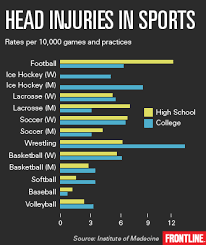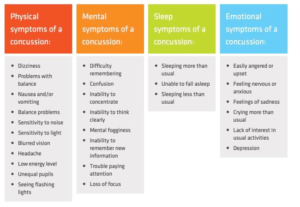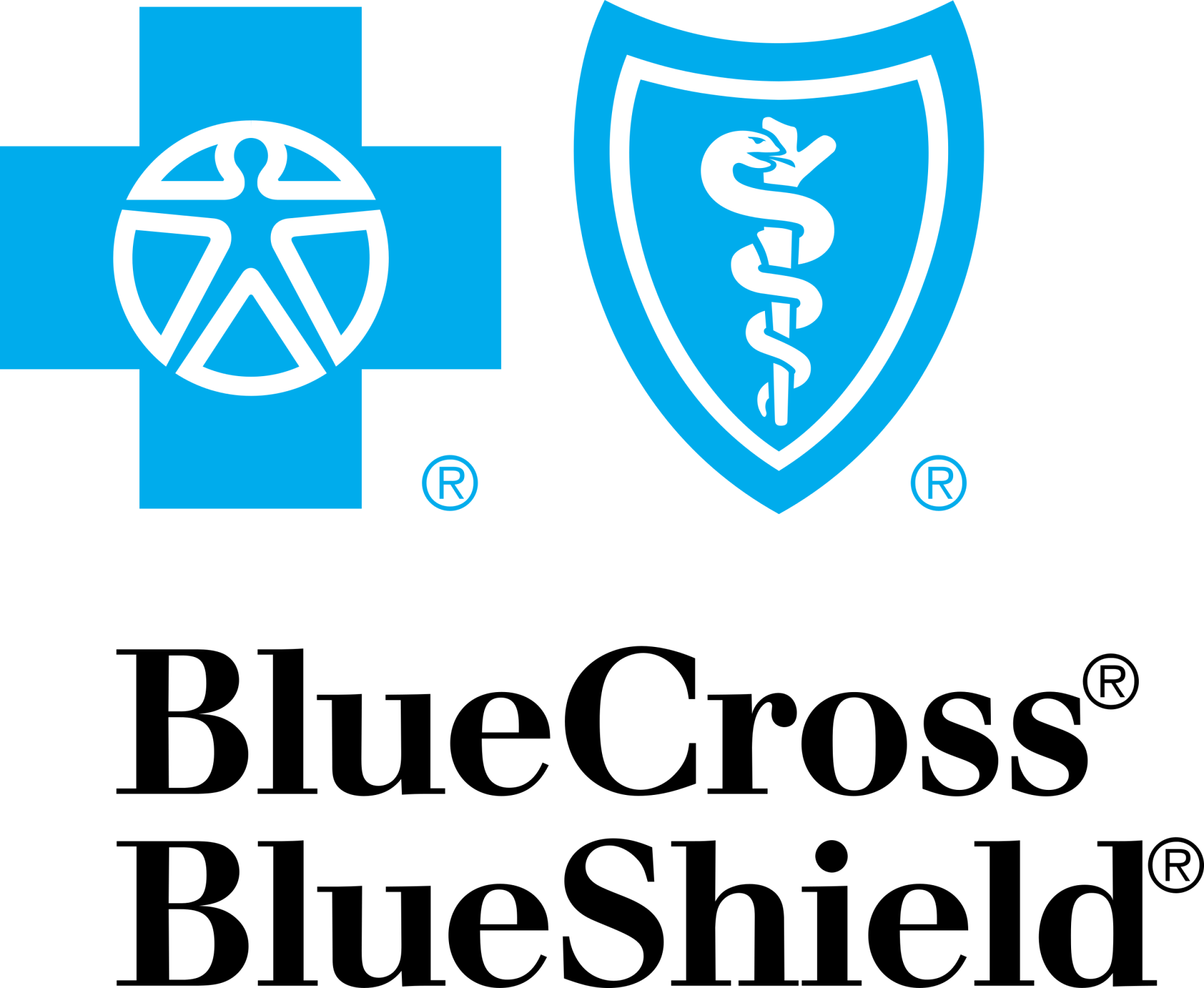More Than Just a Bump on the Head
Concussions have become more and more “hot topic” in sports in the United States over the last decade. They have been put in the spotlight by the media and even become the subject of major Hollywood films. According to the International Symposia of Concussion in sport, a concussion is defined traumatic brain injury induced by biomechanical forces. That’s right, a concussion is now considered a traumatic brain injury which represents the seriousness of the condition.
Concussions occur in many different ways ranging from sports related impact to car accidents. Many people do not understand that a concussion can occur by either contact with the head or contact with the body causing head movement (whiplash from a car accident). Sports concussions will be expanded on in the rest of this blog post, but remember they can occur in a variety of ways.
 Sports concussions are of particular concern in the present day. Athletes in higher level athletics are becoming bigger, faster, and stronger. This increase in athletic ability has allowed the games to move at a higher pace than in the past. This has led an increased risk for injury for athletes because of the decreased amount of time to brace and react before being hit.
Sports concussions are of particular concern in the present day. Athletes in higher level athletics are becoming bigger, faster, and stronger. This increase in athletic ability has allowed the games to move at a higher pace than in the past. This has led an increased risk for injury for athletes because of the decreased amount of time to brace and react before being hit.
Although helmets are designed to aid in the risk reduction for concussion, their main function is to prevent skull fractures not concussions. Even with improvement in helmet padding through innovation, concussion rates continue to increase. This increase in occurrence is partially related to both the increase in athletic ability and an improvement of sideline diagnosis of the condition. Football continues to be the sport that puts athletes at the highest risk for concussion. To the right is a graph representing concussions by sport in both high school and collegiate players.
What to Watch For
 Symptoms of concussion vary from person to person. To the left is a list of symptoms that are commonly associated with concussions. If you are a coach, parent, athlete, or spectator and notice a player that present any of these symptoms following a hit, the trainer should be notified and the player should be removed from the game. It is important to get the athlete out of the game to prevent a second contact from happening. If a second contact happens during the same game or if the person is returned to sport before the injury has had time to fully heal, brain damage or even sudden death can occur. This has been seen a number of times in high school and collegiate sports. It is better to be more conservative and keep the athlete out of the game, than to return them too soon and risk injury or death.
Symptoms of concussion vary from person to person. To the left is a list of symptoms that are commonly associated with concussions. If you are a coach, parent, athlete, or spectator and notice a player that present any of these symptoms following a hit, the trainer should be notified and the player should be removed from the game. It is important to get the athlete out of the game to prevent a second contact from happening. If a second contact happens during the same game or if the person is returned to sport before the injury has had time to fully heal, brain damage or even sudden death can occur. This has been seen a number of times in high school and collegiate sports. It is better to be more conservative and keep the athlete out of the game, than to return them too soon and risk injury or death.
What to do If you think you or someone else has experienced a concussion?
Get that person to a medical professional ASAP! Getting an examination by a medical professional allows for early diagnosis and treatment. Early treatment generally consists of mental rest. This means time away from the TV, computer, cell phones, work, and school. This usually lasts for 1-3 days until symptoms resolve and then these activities can be reintroduced gradually as symptoms allow. Most concussions resolve within 10 days for the majority of people.
Sometimes symptoms may last past the first 1-2 weeks following the injury. When symptoms present past a week or two, the person should seek out additional support to treat possible symptoms stemming from the cervical spine or vestibular system. With treatment of these areas, symptoms generally resolve within the first month of treatment.
In summary, concussions are a serious condition and are now classified as a mild traumatic brain injury. When someone is suspected of having a concussion, medical assistance should be sought out immediately for prompt diagnosis and counseling on appropriate rest procedures. Do not hesitate to reach out for help if a concussion is suspected. It is more important to protect the brain for the future than to stay in the game and risk further damage!









